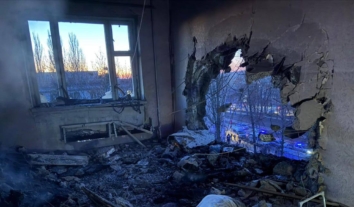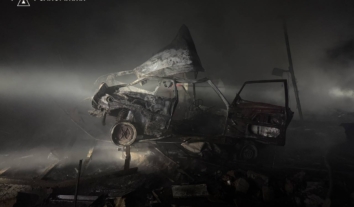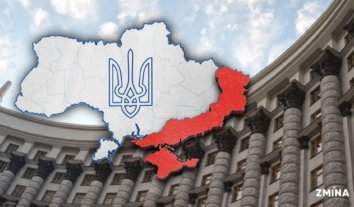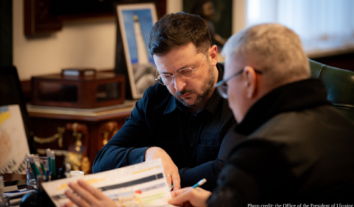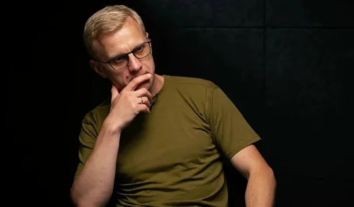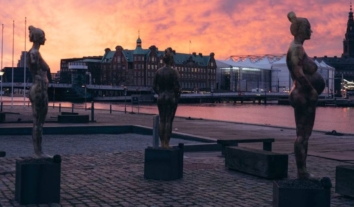Media Portal for Journalists and Human Rights Advocates Presented in Kyiv
Normal
0
false
false
false
RU
X-NONE
X-NONE
/* Style Definitions */
table.MsoNormalTable
{mso-style-name:”Обычная таблица”;
mso-tstyle-rowband-size:0;
mso-tstyle-colband-size:0;
mso-style-noshow:yes;
mso-style-priority:99;
mso-style-qformat:yes;
mso-style-parent:””;
mso-padding-alt:0cm 5.4pt 0cm 5.4pt;
mso-para-margin-top:0cm;
mso-para-margin-right:0cm;
mso-para-margin-bottom:10.0pt;
mso-para-margin-left:0cm;
line-height:115%;
mso-pagination:widow-orphan;
font-size:11.0pt;
font-family:”Calibri”,”sans-serif”;
mso-ascii-font-family:Calibri;
mso-ascii-theme-font:minor-latin;
mso-fareast-font-family:”Times New Roman”;
mso-fareast-theme-font:minor-fareast;
mso-hansi-font-family:Calibri;
mso-hansi-theme-font:minor-latin;}
A public forum “Human Rights Journalism: Sex, Drugs, Human Rights” and the presentation of the Human Rights Information Center media portal took place as a part of Docudays UA, the XII International Documentary Film Festival on Human Rights.
Panelists shared their thoughts on whether a journalist can be human rights and civic activist or if their role is only to report the news impartially; whether a human rights activist is a journalist’s partner or only a source of information; and how informative and interesting resources created by human rights advocates can be.
Larisa Denisenko, journalist, writer, and human rights activist, spoke about why the forum was named sex, drugs and human rights: “We are talking about how to promote human rights, which seem abstract compared to sex and drugs, in order to bring the discussion on rights closer to the people. I’m not saying that everyone is a drug or a sex addict, but we know perfectly well that these things are hot in the media, just like hot spots on the planet. Human rights are not popular in the media. In order for human rights to attract people, not just those suffering from their violation, and not those already interested in the subject, but everyone beyond this room, we need to choose a variety of formats.”
Tetiana Pechonchyk, head of the Human Rights Information Center, said that the human rights theme can be a real drug. “Many people think that human rights are some boring legal documents, courts … but I know by experience that this is very interesting. I experienced this shift: at first I was a classic journalist, editor, and now I’m more of a human rights advocate.” Pechonchyk argues that people who understand the subject, and understand how important it is, definitely become addicted.
Yuriy Lukanov, Independent Media Trade Union Chairman, remembered a few examples demonstrating that journalists are able to defend their rights. “Ukrainian journalists in the post-Soviet space are leaders in terms of the human rights protection. For example, in the Gongadze Case, if it were not for the persistence of journalists, the murderers and organizers would not have been found. It was a journalistic revolution that preceded the Orange Revolution. Ukrainian journalists then went out en masse to Khreshchatyk and protested against censorship. Then there was the Defamation Law, where journalists organized by the Media Trade Union and the Union of Journalists went to the Verkhovna Rada. They fought and forced authorities to give in. By the way, those were authorities of Yanukovych.”
Iryna Slavinska, journalist and social activist, while speaking about the standards of journalism through the lens of Hromadske Radio, said that covering human rights, the lives of various minorities, and demonstrating what happens outside the view of the majority with their rights and access to information is exactly what journalists need to be doing.
After the discussion the presentation of the Human Rights Information Center media portal humanrights.org.ua took place.
Iryna Vyrtosu, the editor-in-chief of the media portal said: “We are positioning ourselves as a bridge between non-governmental organizations, human rights advocates and the media. At first we were preparing the content for the media, wrote about the various vulnerable groups, human rights violations. Then we grew and realized that it is no longer enough to react to specific violations of human rights, we can talk about this in a complex and voluminous manner, and are now trying to implement it.”
Materials on the portal, which appear under in the categories of “News,” “Articles,” and “Columns” encompass the range of human rights themes and aim to change something for the better, but an action that will affect the situation still has to happen. According to Vyrtosu, people often come to her as to a last resort, but the maximum that she can do is to talk about the issue publicly, or to convey information to those who can influence the situation. In this context, cooperation between journalists, non-governmental organizations, and experts is very important.
Vyrtosu also presented the “Photo” section of the site, where contributors often share their particular view of things, as well as the “Announcements” page, where you can find useful information about human rights events: press conferences, round tables, trainings, and workshops. Journalists can use this column in the search for new topics or experts. If members of the media are not able to find the contact information of a speaker or talk to them during the event, they can turn directly to the Human Rights Information Center to receive help in this search. Perhaps this will allow journalists to look differently at a problem that has already been covered in other media and prepare their own unique material.



